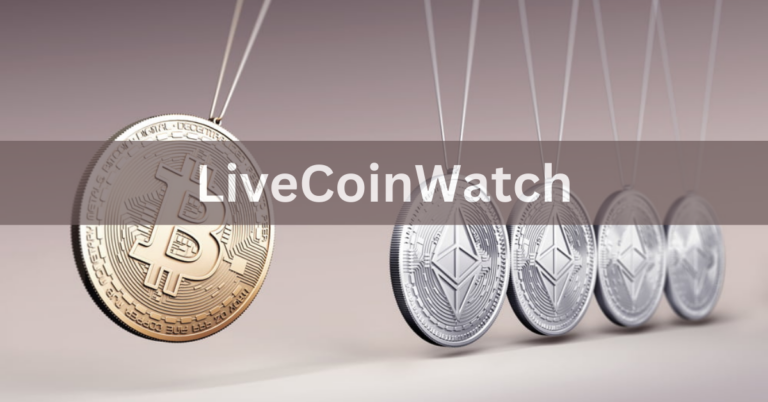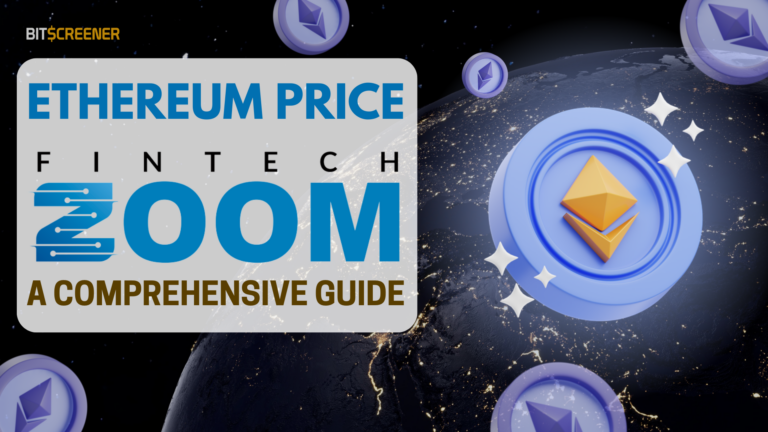The Rise of The DeFi Crypto: A New Era in Finance
The realm of decentralized finance, known as “DeFi,” is reshaping the financial landscape, introducing a world where financial services are no longer controlled by centralized institutions like banks, but by code on a blockchain.
The DeFi crypto movement leverages blockchain technology to recreate and improve upon traditional financial services, offering a level of transparency, accessibility, and security previously unattainable. This article delves into the heart of the DeFi crypto revolution, exploring its components, advantages, challenges, and what it means for the future of finance.
What is The DeFi Crypto?
DeFi stands for “decentralized finance,” an umbrella term for various financial applications in cryptocurrency or blockchain aimed at disrupting financial intermediaries. DeFi draws from blockchain, the technology behind the digital currency Bitcoin, which allows several entities to hold a copy of a history of transactions, meaning it isn’t controlled by a single, central source.
That’s important because centralized systems and human gatekeepers can limit the speed and sophistication of transactions while offering users less direct control over their money. DeFi crypto is distinct because it extends the use of blockchain from simple transactions like buying and selling, to more complex financial uses like loans, derivatives, and insurance, all without needing a middleman.
Key Features of DeFi Crypto
Smart Contracts: The backbone of DeFi is smart contracts, self-executing contracts with the terms directly written into code. These contracts run on blockchain networks like Ethereum and automate the execution of financial agreements, ensuring that all participants can immediately see the outcome without any intermediary.
Programmability: Highly programmable smart contracts automate and enforce financial agreements. This programmability allows developers to create sophisticated financial instruments that can automatically react to changes in data inputs.
Interoperability and Composability: DeFi applications are built to be interoperable and composable. They can seamlessly integrate or work with each other, creating entire ecosystems of financial services that feed off one another.
Permissionless: Anyone with an internet connection can access DeFi applications, regardless of who or where they are. This openness is fostering financial inclusion and creating opportunities for people previously excluded from the financial system.
Transparency: Since operations occur on a public blockchain, DeFi applications operate in full view of the public. This transparency allows users to fully understand the product’s functionality and risks.
Advantages of DeFi Crypto
Accessibility: DeFi opens financial services to anyone with an internet connection, around the clock, without the need for traditional gatekeepers such as banks or brokers.
Innovation: The open-source nature of the technology behind DeFi encourages a high degree of innovation in financial products and services. New features and services can be rapidly deployed and tested by developers around the world.
Security and Privacy: By using decentralized networks, DeFi significantly reduces the risks of centralized corruption and failure. Smart contracts also increase privacy by eliminating the need for personal data to be collected by third parties.
Cost Reductions: DeFi eliminates many of the administrative overheads associated with banking, lowering the cost of providing and using financial services.
Challenges Facing DeFi Crypto
Scalability: Blockchain technology is still facing challenges with scalability. As DeFi applications grow, they must be able to handle large volumes of transactions that the underlying blockchain may not currently support.
Complexity and Usability: The complex nature of DeFi and the blockchain technology on which it’s built can be a significant barrier to entry for average users who are not technologically savvy.
Regulatory Uncertainty: The rapid development of DeFi does not fit neatly within traditional financial regulatory frameworks. How governments and regulators respond to DeFi remains to be seen and is a significant risk for the ecosystem.
Security Risks: While blockchain itself is secure, DeFi applications are still software products that can have bugs or vulnerabilities. There have been instances where such vulnerabilities have led to significant losses.
The Future of DeFi Crypto
The potential of DeFi to transform finance is immense. It promises to create a more open, free, and fair financial market where anyone in the world can access services with ease and without intermediation. However, for DeFi to reach mainstream adoption, it must overcome significant challenges. It needs to prove that it can scale effectively, improve its user experience to ensure it is accessible to all, and navigate a complex regulatory environment.
Moreover, as traditional financial institutions begin to recognize the potential of blockchain, we may see an increasing convergence of conventional finance and DeFi. This could lead to broader acceptance and use of DeFi services as they begin to interface more seamlessly with the rest of the financial world.
Conclusion
DeFi crypto represents a profound shift in the world’s financial systems. While still in its infancy, the promise of decentralized finance offers a tantalizing glimpse of a future where finance is more democratic, open, and direct.
Whether it can fully deliver on these promises remains to be seen, but DeFi undoubtedly holds the potential to transform the pillars of our financial systems fundamentally. As this sector continues to evolve, it will undoubtedly offer more sophisticated solutions that will challenge and possibly transform the current financial paradigms.




